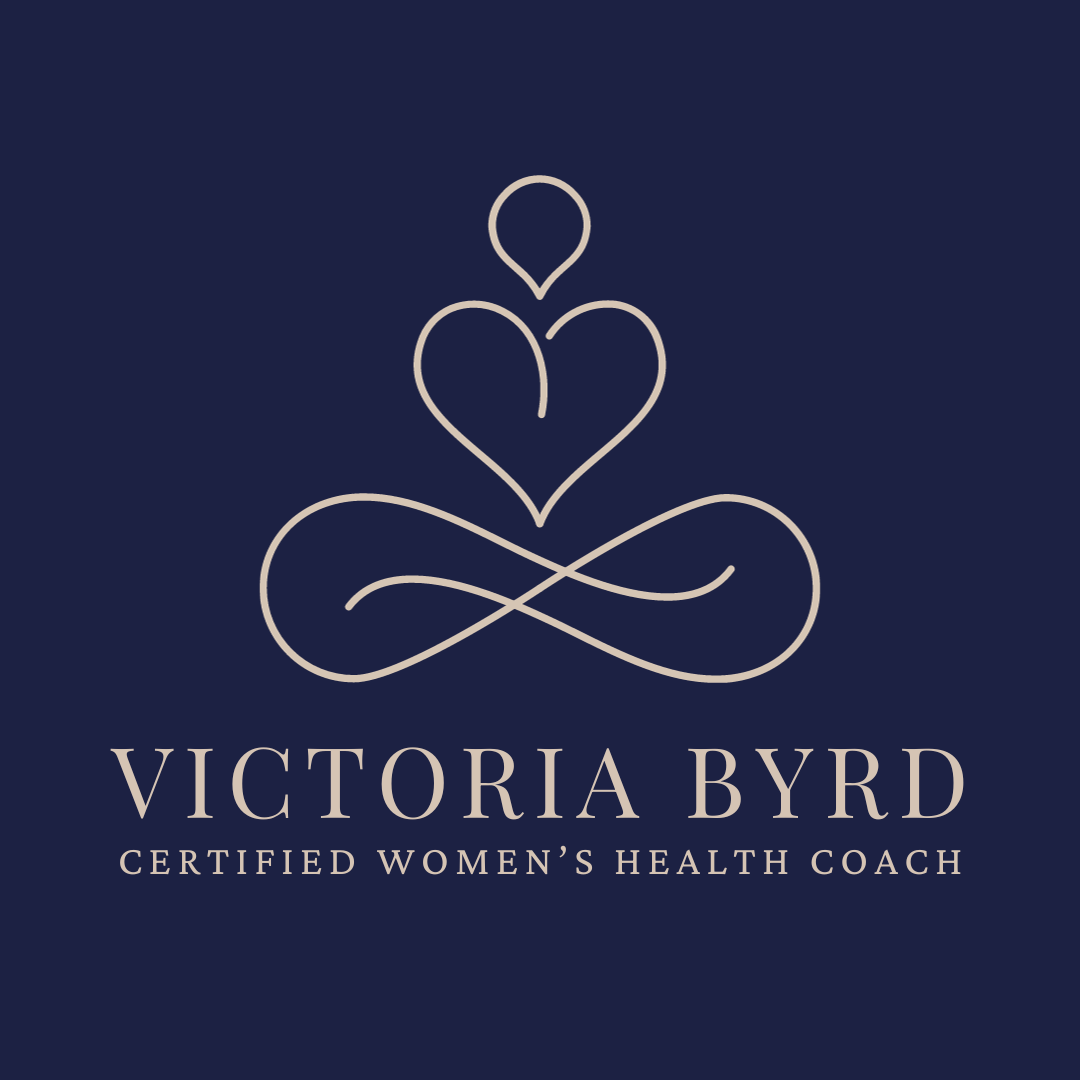Vaginal Estrogen for Menopause and Midlife: Creams, Rings, and Relief for Dryness & Pain
As a pharmacist specializing in midlife health, one of the most common (and under-discussed) topics I talk about with women is vaginal estrogen. It’s an important — and often overlooked — tool in managing symptoms related to perimenopause and menopause, particularly those affecting vaginal and urinary health.
If you’ve been experiencing dryness, itching, painful intercourse, or frequent urinary tract infections, you are not alone. These symptoms are common — but that doesn’t mean you have to live with them. Let’s walk through what vaginal estrogen is, how it works, your treatment options, safety considerations, and how to start the conversation with your healthcare provider.
What Is Vaginal Estrogen?
Vaginal estrogen is a low-dose, localized form of estrogen therapy designed to treat symptoms of genitourinary syndrome of menopause (GSM) , a term that includes vaginal dryness, burning, irritation, painful sex, and urinary symptoms like urgency or recurrent UTIs.
Unlike systemic hormone therapy (which affects the whole body), vaginal estrogen acts locally, meaning the estrogen stays mostly within the vaginal tissue. This is important because it allows for symptom relief with minimal absorption into the bloodstream.
Common Forms of Vaginal Estrogen
There are several delivery options, allowing women to choose the form that best fits their preferences and lifestyle:
Vaginal Creams (e.g., Estrace®, Premarin®): Applied with a reusable applicator. These offer flexible dosing and are typically used daily for 1–2 weeks, then 2–3 times per week for maintenance.
Vaginal Tablets (e.g., Vagifem®, Yuvafem®): Small, insertable tablets that deliver a consistent dose with minimal mess. Usually used twice weekly after an initial daily phase.
Vaginal Rings (e.g., Estring®): A soft, flexible ring that’s inserted into the vagina and left in place for 90 days. It continuously releases a low dose of estrogen over time with no need for daily application.
Each option is equally effective, it often comes down to comfort, convenience, and personal preference.
Why Consider Vaginal Estrogen?
Vaginal estrogen can significantly improve quality of life for women dealing with:
Vaginal dryness, burning, or itching
Pain or discomfort during intercourse
Recurrent urinary tract infections
Urinary urgency or frequency
A sense of irritation or "rawness"
These symptoms are caused by the thinning and drying of vaginal tissue as estrogen levels decline in perimenopause and menopause. Left untreated, they often worsen over time, but vaginal estrogen can restore tissue health, improve comfort, and reduce urinary issues.
Is It Safe?
Yes, for most women, vaginal estrogen is considered very safe. Because the dose is low and absorption into the bloodstream is minimal, it does not significantly affect systemic hormone levels.
Research has shown that:
Vaginal estrogen does not increase the risk of breast cancer, heart disease, or blood clots in most women.
It is often approved even for breast cancer survivors, depending on individual risk and in collaboration with an oncologist.
Long-term use is generally safe, and many women continue treatment for years to maintain symptom relief.
Of course, every woman’s health situation is unique. That’s why it’s important to speak with your healthcare provider, but overall, the safety profile is excellent for most midlife and postmenopausal women.
Potential Side Effects
Most women tolerate vaginal estrogen well. However, mild side effects can occasionally occur, especially when first starting treatment:
Vaginal discharge
Slight spotting or irritation
Rarely, breast tenderness or a feeling of fullness
These usually resolve within a few weeks. If symptoms persist or worsen, it’s important to check in with your provider.
When Should You Start?
You don’t need to wait until your symptoms become severe. In fact, early intervention can preserve vaginal tissue health and prevent progression of dryness, thinning, and discomfort.
If you're noticing changes in vaginal comfort, sexual function, or urinary health, even if you're still in perimenopause, it's worth having the conversation. Many women begin experiencing vaginal symptoms years before their final menstrual period.
How to Bring It Up With Your Doctor
If talking about vaginal symptoms feels uncomfortable, you’re not alone, but this is an important part of your health and well-being. Here are a few ways to start the conversation:
“I’ve noticed some dryness and discomfort, is vaginal estrogen something I should consider?”
“Sex has become painful, and I’d like to know what treatment options are available.”
“I keep getting UTIs, and I read that vaginal estrogen might help prevent them. What are your thoughts?”
Remember: your provider is there to support your health. You deserve to feel comfortable, respected, and informed.
Final Thoughts
Vaginal estrogen is a safe, effective, and underutilized treatment that can dramatically improve day-to-day comfort and quality of life for midlife women. Whether you're struggling with painful intercourse, recurrent infections, or just want to feel more like yourself again this is a conversation worth having.
You don’t need to suffer in silence. Relief is possible and it starts with knowledge and advocacy.



